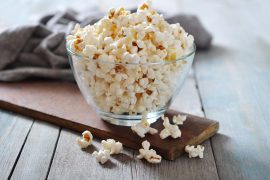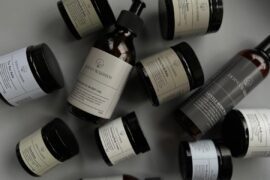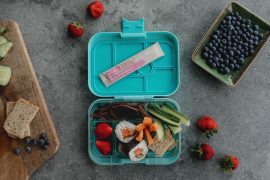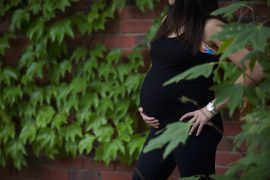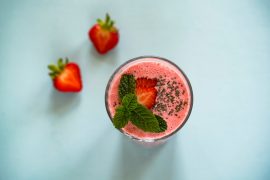Other factors competing for zinc and leading to malabsorption:
- Phytates and oxalates found in foods such as grains and legumes and if not well prepared, e.g. soaked and activated. Phytic acid is the main known inhibitor of zinc absorbtion hence deficiency is more prevalent in areas with high cereal/grain consumption.
- Caffeine and tannins from tea and coffee.
- Oral contraceptives.
- Pharmaceuticals such as aspirin and others.
- Prolonged periods of diarrhoea.
- High fibre diets can lead to malabsorption (fibre binds to zinc travelling through the gut).
- Alcohol can reduce absorption and increases excretion of zinc.
- Periods of stress (emotional and physical) can also deplete zinc.
- Inflammation in the small intestine. Zinc is absorbed in the small intestine, if there is disfunction of the small intestine this may also lead to malabsorption.
- Zinc and copper work together and are tightly wedded. If copper levels are high, it’s likely we need zinc. If zinc is high, it’s likely we will need copper. In Western Australia we have a lot of exposure to copper and are generally low in zinc – get yourself tested!
- Heavy metals such as mercury and nickel compete for cellular zinc, detrimentally displacing the small amount we might have in our diets. Unless we’ve specifically chelated (detoxed) from these heavy metals we’re likely to be carrying some (testing details below).
Note: Infants, children, adolescents, pregnant and breastfeeding women have increased requirements for zinc and are most at risk of zinc depletion.
Top 10 foods high in zinc
- Oysters from a clean ocean, freshly shucked
- Fresh organic red meat – beef, mutton, goat and lamb
- Liver
- Fish
- Sea vegetables e.g. nori, dulse and wakame.
- Pumpkin seeds
- Chicken
- Cashews
- Mushrooms
- Adzuki beans
Having protein, in particular animal protein, helps increase the uptake of zinc. Plus consuming animal foods (e.g., beef, eggs and cheese) helps improve the bioavailability (absorption) of zinc from plant foods.
How to know if you’re zinc deficient?
It can be difficult to test for zinc levels accurately.
Try adding in more of the foods above first or if you need to supplement, opt for a good quality liquid or colloidal form which is most absorbable, and a trusted brand.
Testing: Zinc can be tested with a blood test, a urine test or a hair tissue mineral analysis (HTMA).
Zinc is just ONE nutrient, of many many nutrients the human body requires for optimal function. Eating a clean, whole food diet incorporated with a healthy lifestyle is a big step forward in optimising our well-being.
And always discuss concerns or questions with your health practitioner first.
To learn more about how you can improve your wellbeing and get to the root cause, please contact Kate at hello@katebarnes.com.au
Some of this information came from a post I wrote a while ago, ‘Life Force. 11 health benefits of zinc’ and why minerals are our life force.
References:
https://www.ncbi.nlm.nih.gov/pmc/articles/PMC2973827/
https://www.ncbi.nlm.nih.gov/pmc/articles/PMC353050/
https://www.ncbi.nlm.nih.gov/pmc/articles/PMC3724376/
Originally published here.
After working as an executive in professional services, Kate Barnes started her global business as a Certified Holistic Health Coach. She has a Bachelor of Science and a Post Graduate Diploma in Business. Kate runs an online program, ‘Our Happy Children‘, a leading education program for deeply nourishing families and building strong immunity, great energy and preventing illness. For more information visit Kate’s website, like her Facebook page for loads of daily inspiration, healthy tips and recipes and follow her on Instagram.

